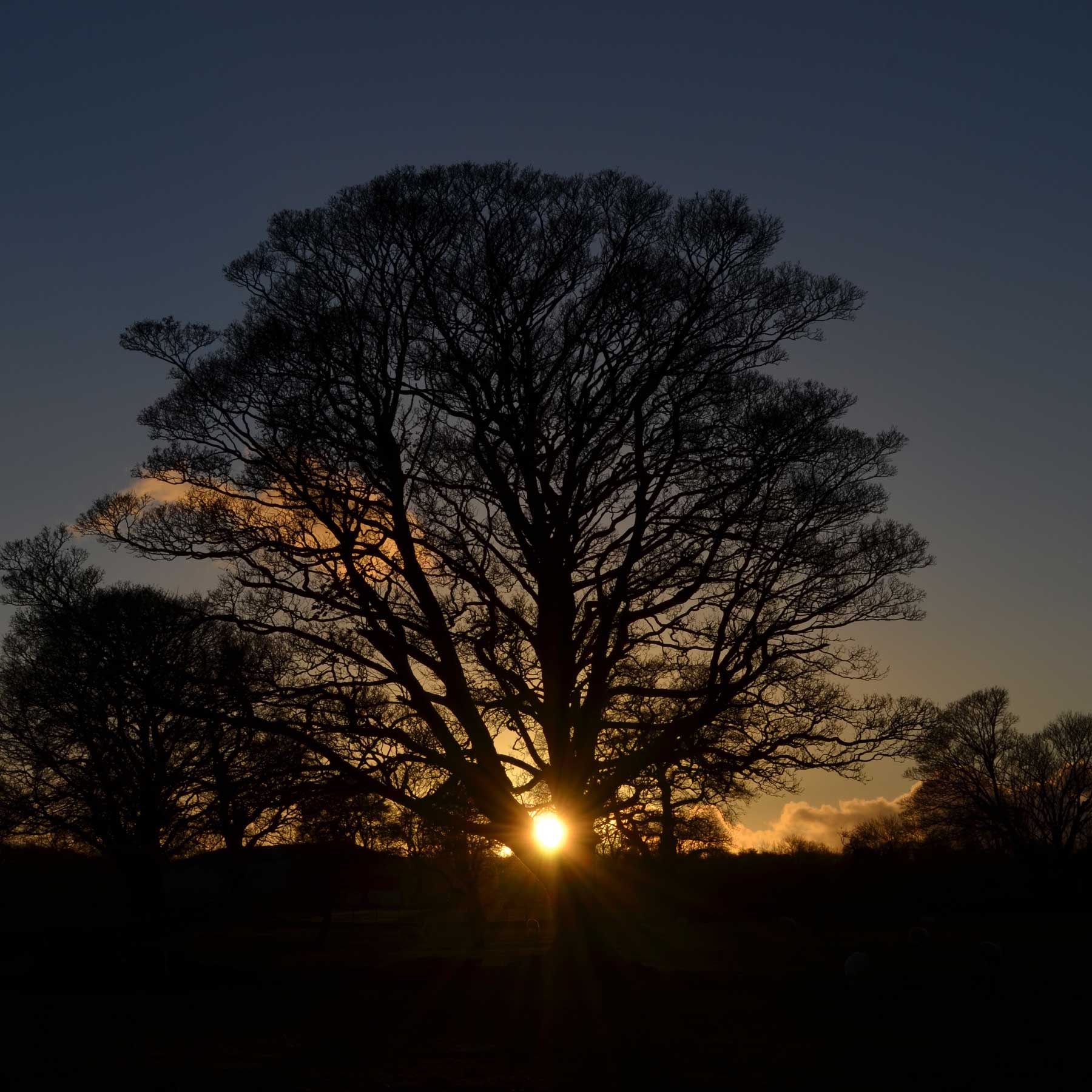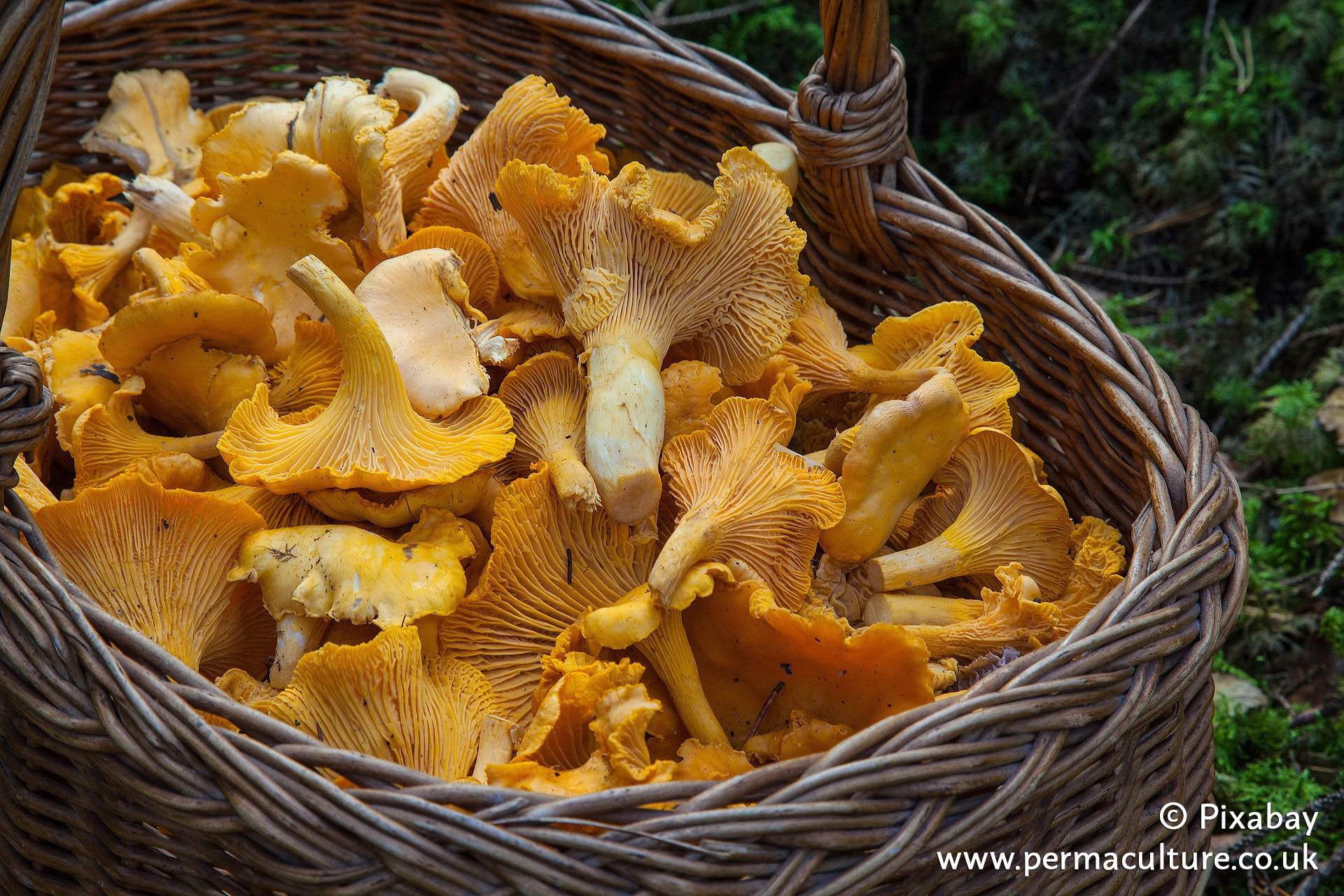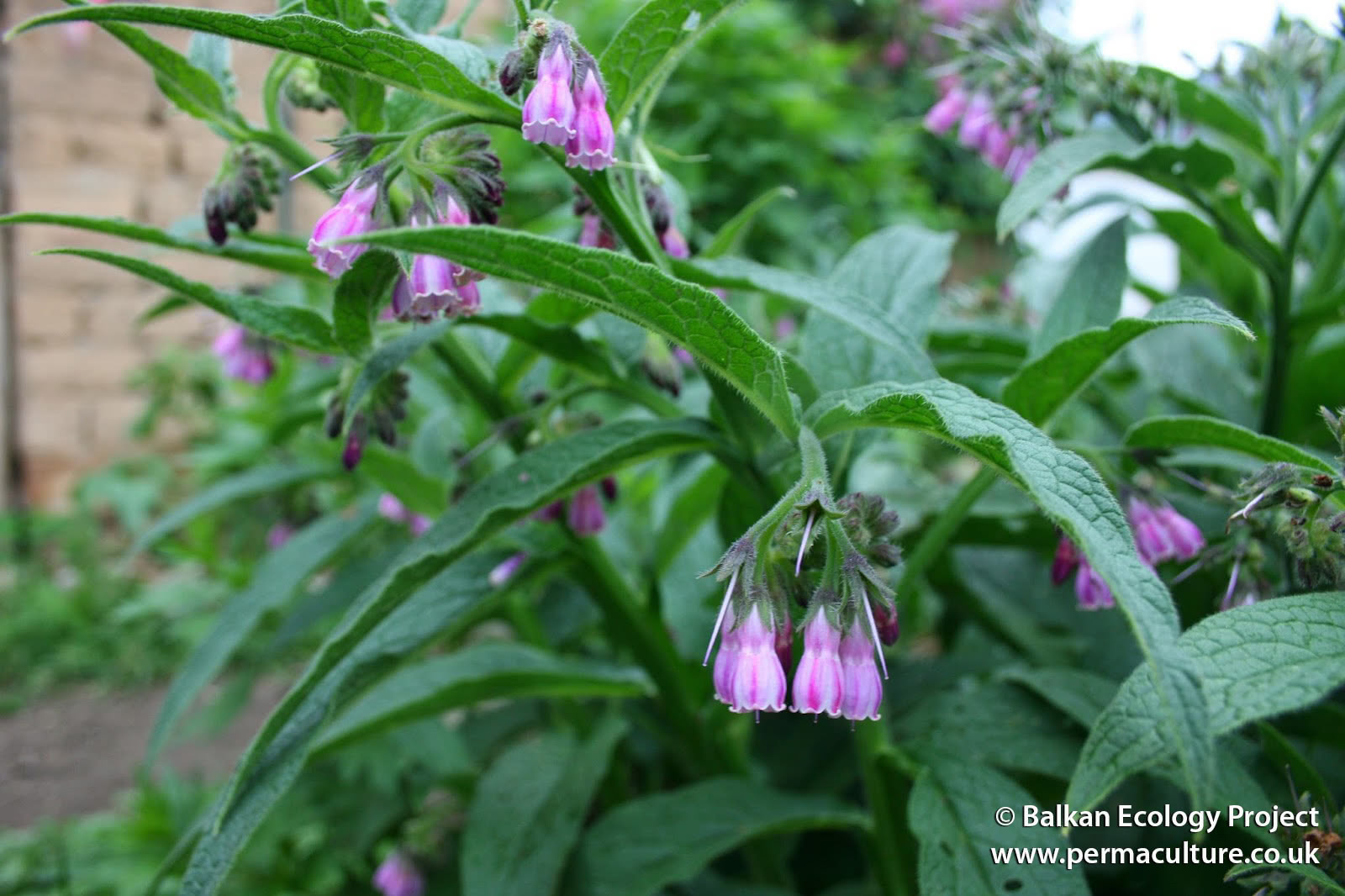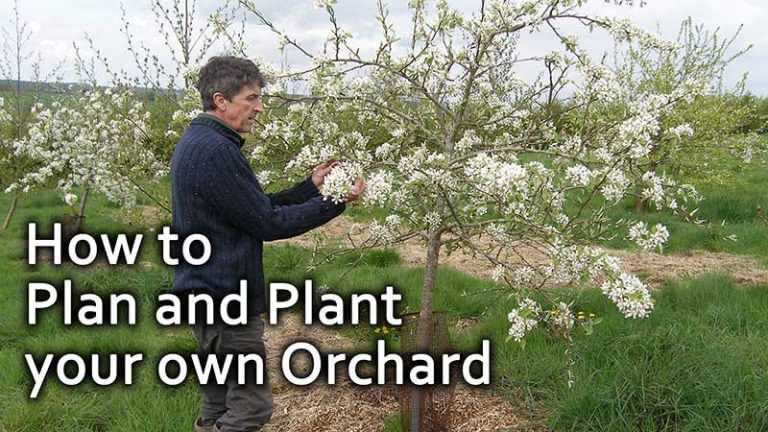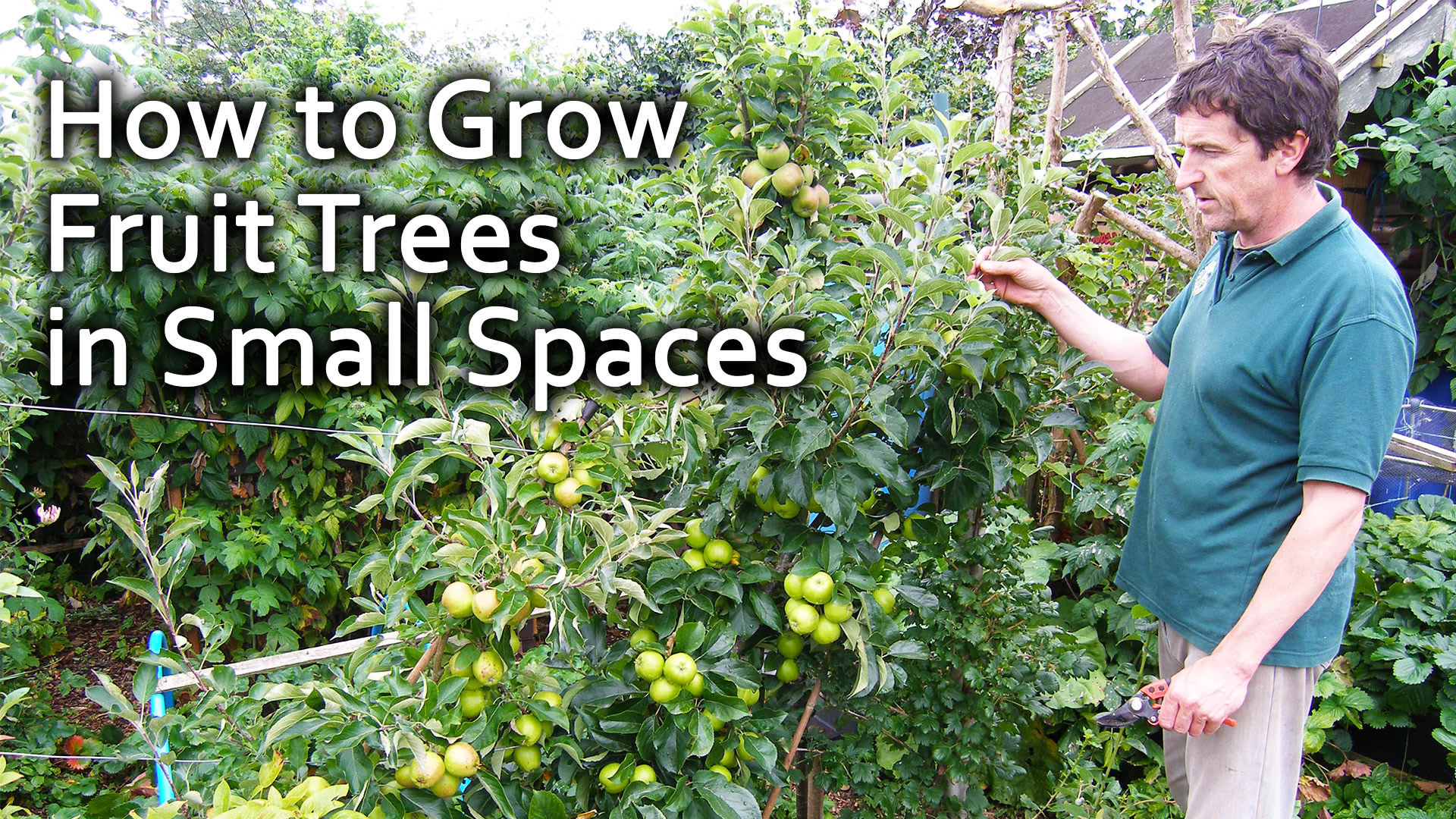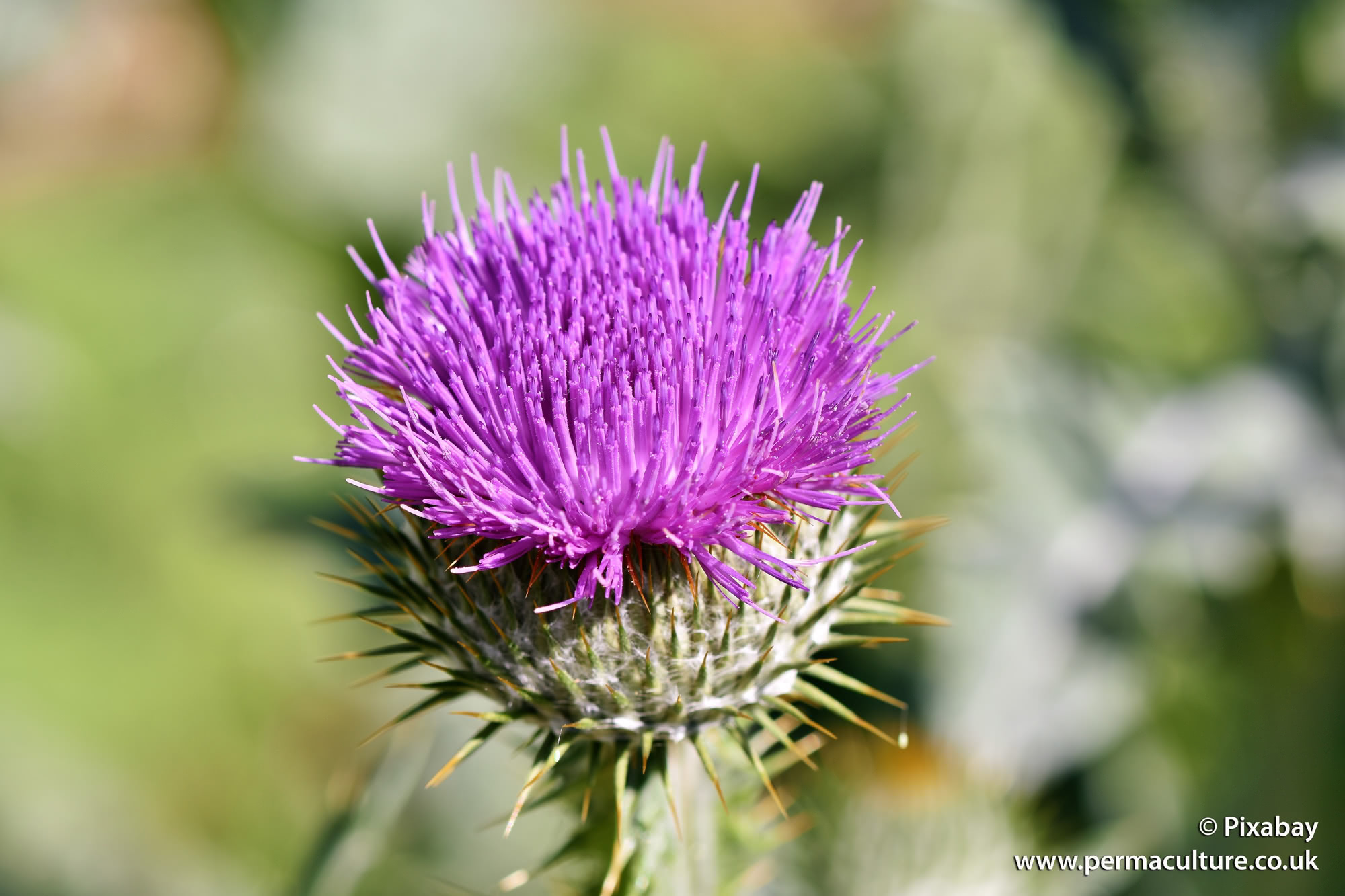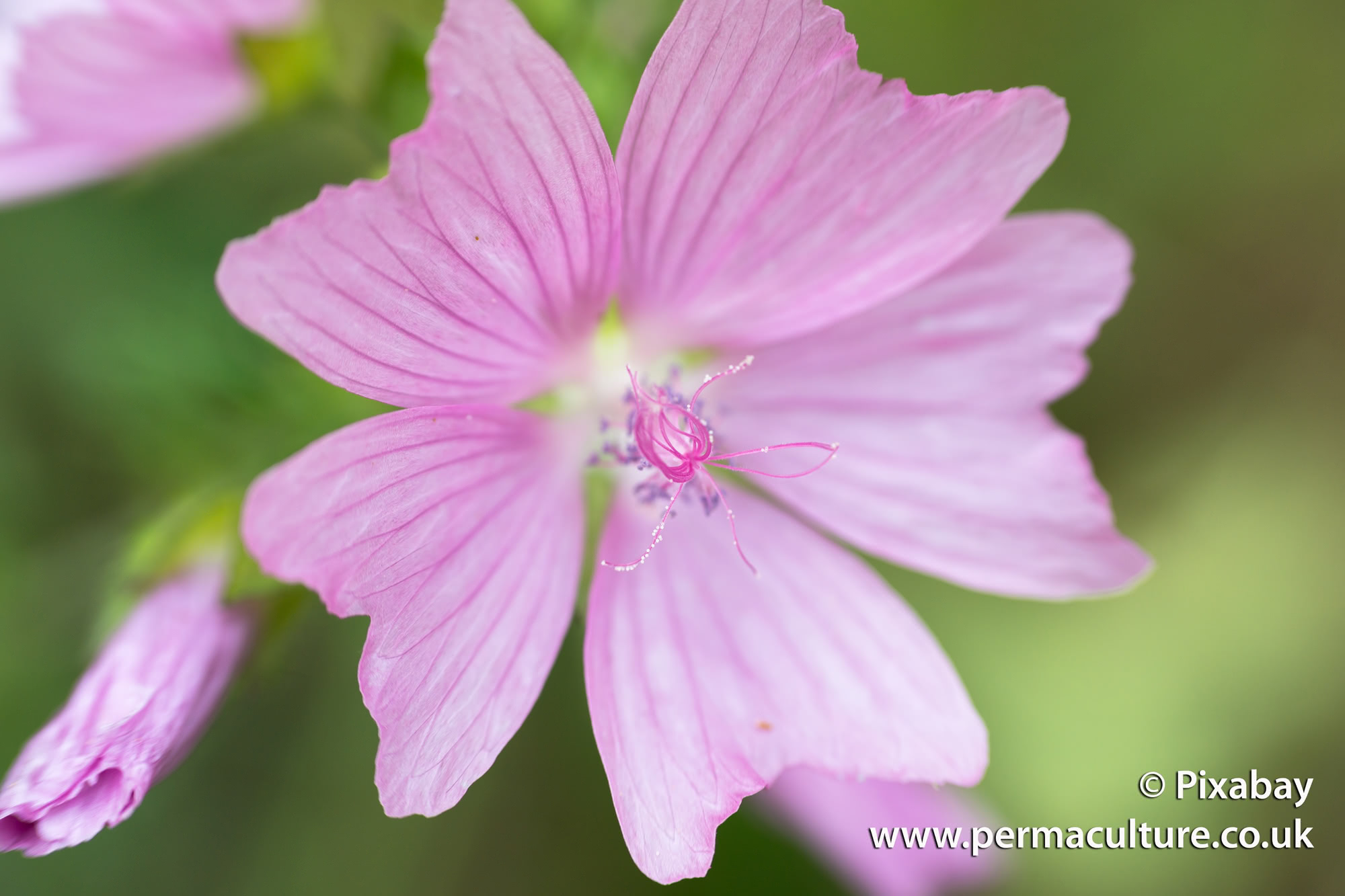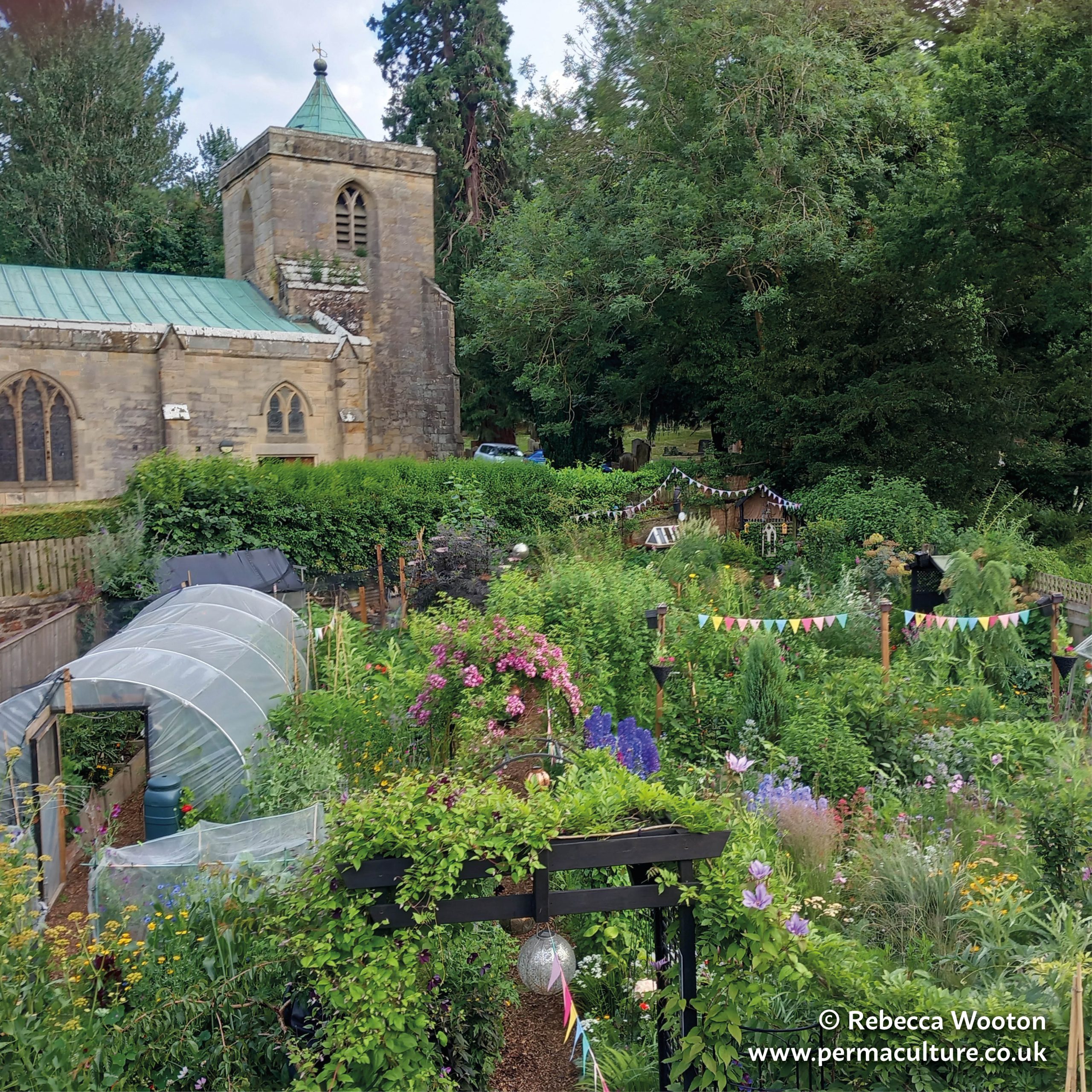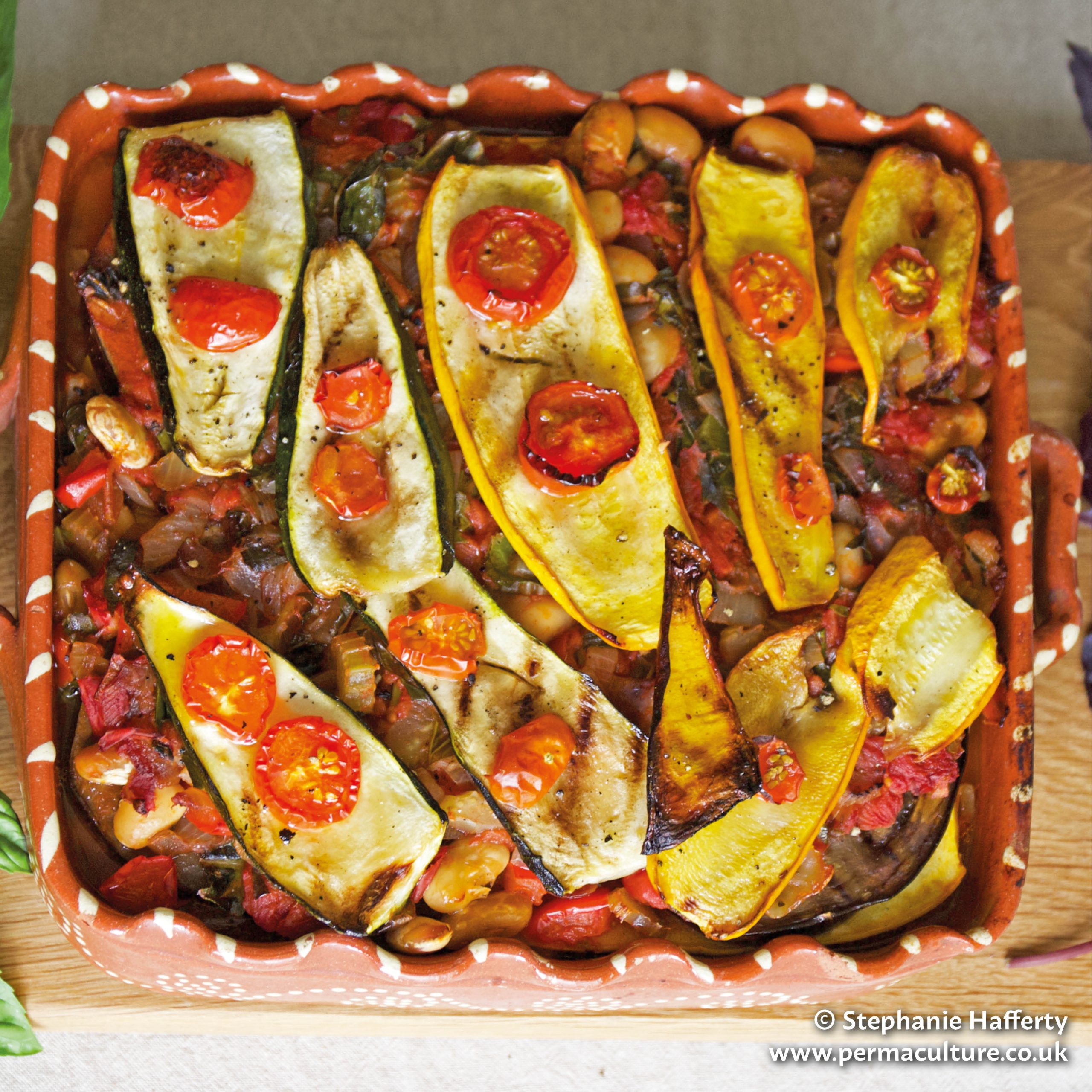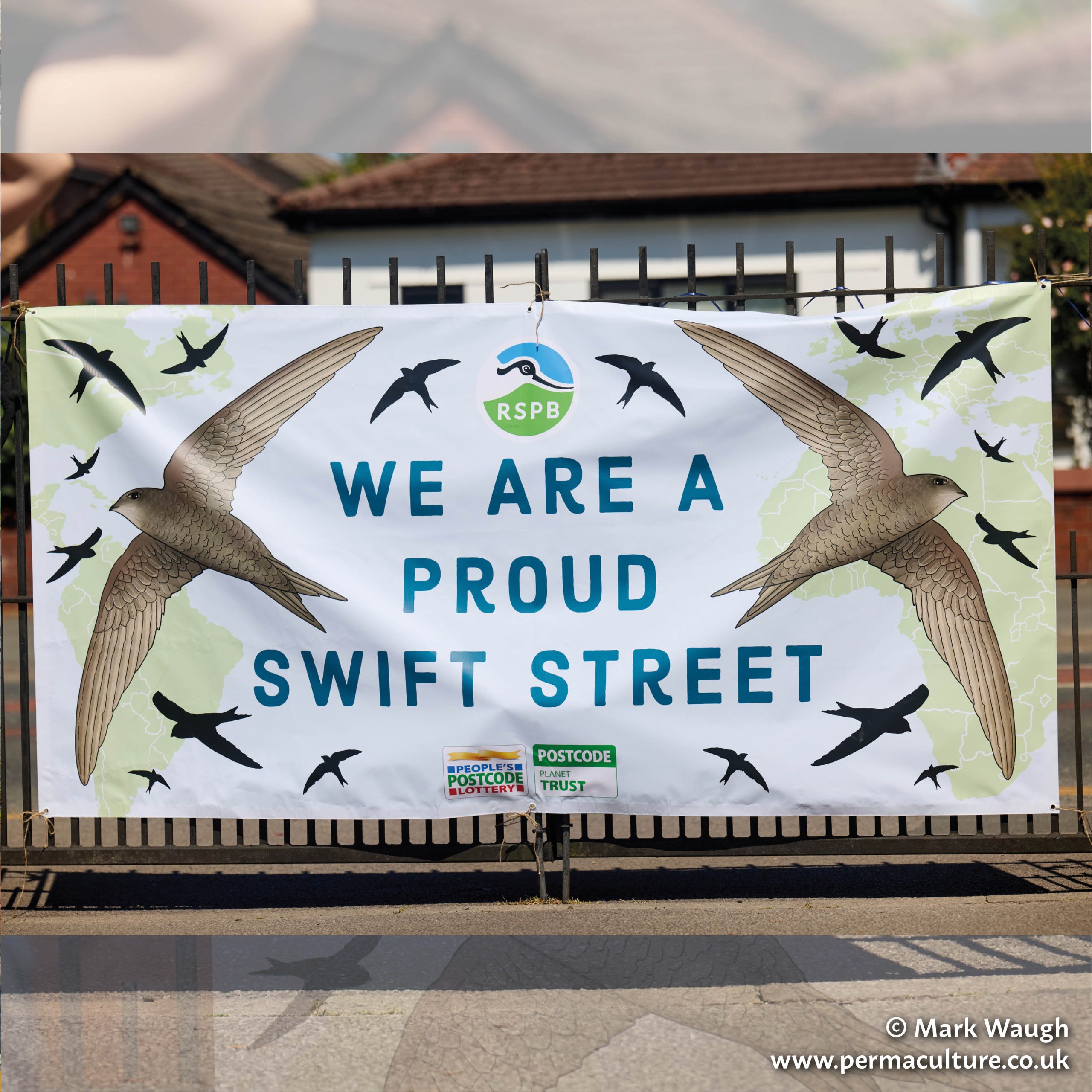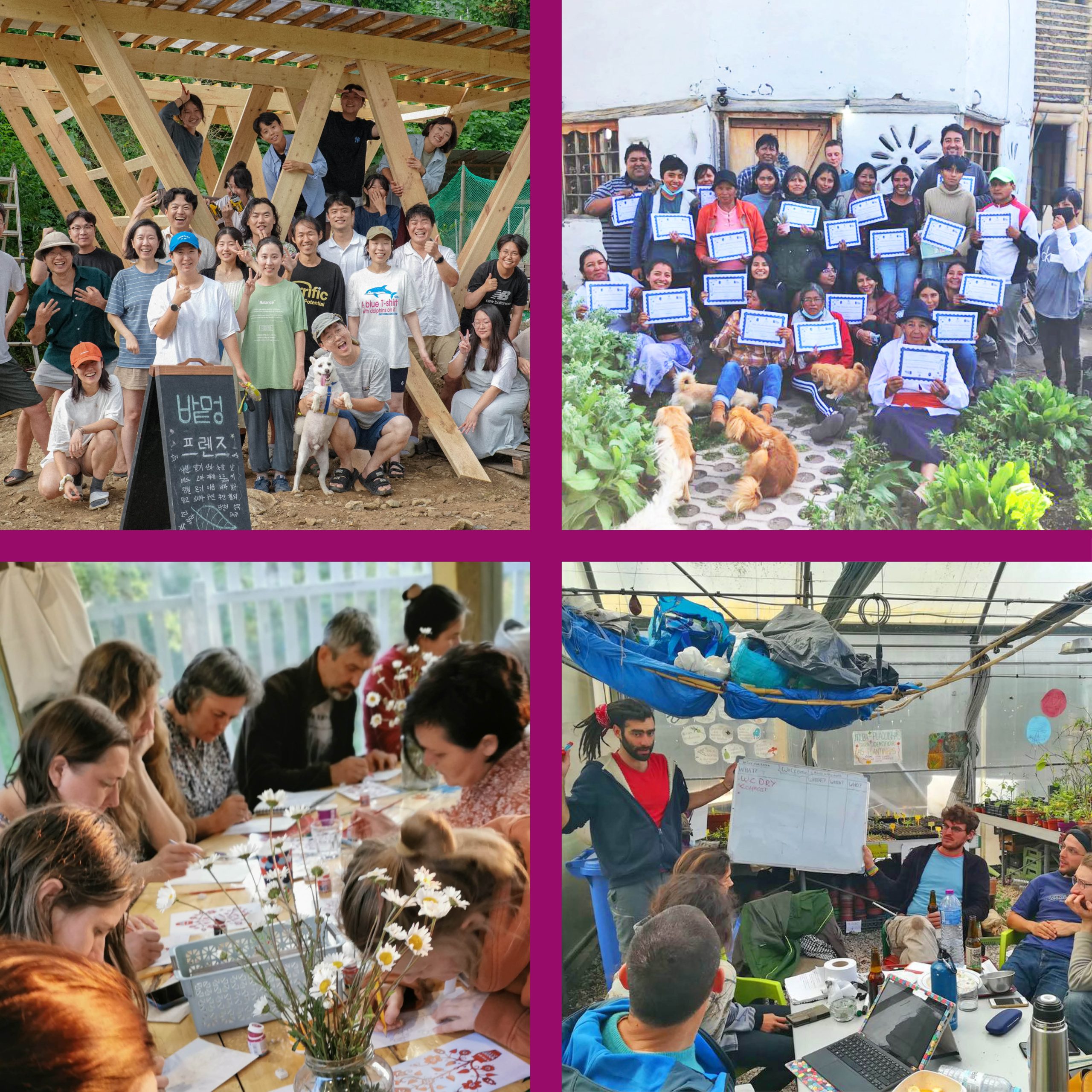Traditional Māori time systems were measured in accordance to the night as opposed to the Western proxy of daylight. Each night of the lunar month had a particular name and this cumulatively formed a lunar calendar known as ‘Maramataka‘.
Farming according to the Maramataka lunar calendar is used in conjunction with Māori regenerative farming techniques to adapt to nature’s schedule as opposed to imposing controls on the earth’s processes. Many farmers are now seeking to turn back to these ancient methods in line with broader sustainability imperatives.
Under the Maramataka calendar, individual lunar nights were marked according to how optimal they were for catching fish, eels or planting crops, with each night having its own name.
A good example is eel fishing. It is not productive on a full moon – Rākaunui – because the moon’s light would not allow eel to hunt their prey, as the prey could see them.
As with biodynamics (the Rudolf Steiner lunar approach for farming), planting crops is nest at a full moon, when the gravitational pull is at its highest, because it has maximum influence on water in the soil.
“Despite the use of Maramataka being limited to a relative few today, largely because of colonisation, interest in and revival of this knowledge and practice is growing.”1
Many farmers are returning to the use of farming tactics such as Maramataka planting in line with broader regenerative goals.
The Revitalise Te Taiao programme aims to fund sustainable and lucrative agribusiness solutions to cultivate Te Taiao (the natural world).
This project provided $2.7 million in funding to Miru Young and Mohi Beckham, farmers based in the North Island’s Bay of Plenty, to trial agriculture techniques which aim to “enhance the mana and mauri of the soil” across 10 farm sites.
As part of the scheme, both farmers undertook rigorous research, sowing pasture throughout different moon phases from resting and dormant phases to high-energy phases for plant growth.
Soon, grass seeds sown during the high energy periods of the Maramataka calendar outgrew neighbouring crops planted in other phases, even if the latter had been sown 10 days before.
Despite still being in the trial stages of Maramataka planting, Miru and Mohi observed various positive impacts of the scheme within the first few months.
Their land has seen higher productivity and crop yields, with a 93% crop survival rate under Maramataka planting, that is an increase of 13% from the usual 80% under previous methods.
One of the main issues associated with returning to traditional farming methods on a broader scale is competing with intensive methods in New Zealand’s modern agricultural industry.
After settlers from the West arrived in New Zealand during the 18th and 19th centuries, intensive farming practices quickly became widespread.
As farming in the country has continuously expanded into the modern day, with agricultural exports making up a large proportion of the country’s GDP, traditional farming methods have become far less lucrative in the broader market.
This meant that Māori farmers had to adopt newer techniques, as those trying to maintain the traditional methods were faced with far lower crop yields and income.
Rural management programmes and sustainability objectives are constantly investigating new and feasible ways to rejuvenate te ao Māori farming techniques, with the Revitalise Te Taiao programme representing just one of many schemes.
The Maramataka lunar calendar is part of a broader Maori worldview known as Mātauranga Māori – a term used to describe the collective knowledge of Māori living in Aotearoa (New Zealand) and the knowledge passed down from their ancestors.
Kaitiakitanga (stewardship/management) and the link between Whakapapa (Māori genealogy/ancestral descent) and Whenua (land) are key areas of te ao Māori and Mātauranga values.
By embracing schools of thought that are native to Aotearoa, alongside promoting equitable stewardship across modern farming methodologies, high agricultural output can be attained.
Reforming the agribusiness in New Zealand will involve reintegrating Māori into decision making processes, embracing cross-cultural thought processes and utilising western technological advancements for the mutual benefit of all stakeholders.
Farms of the Future – how agroforesty can feed us
Living With the Seasons: Summer’s wild edge – June into July
Amelia Young is a trainee journalist living in London. She studied Geography at university and has written articles for Petersfield Climate Action Network (PeCAN) the Hampshire Chronicle and the North West Londoner.

